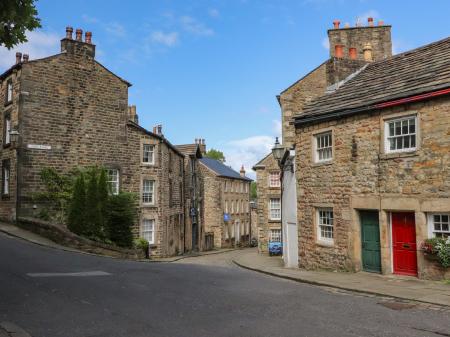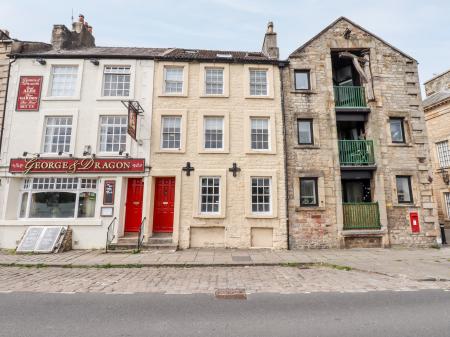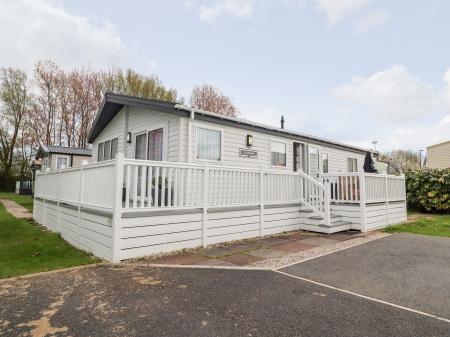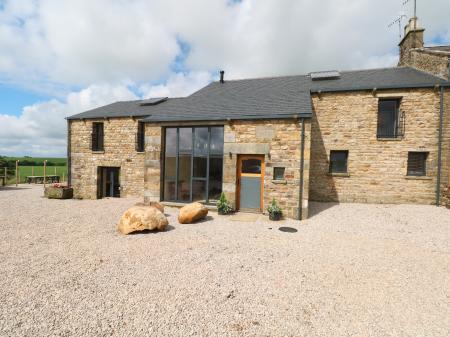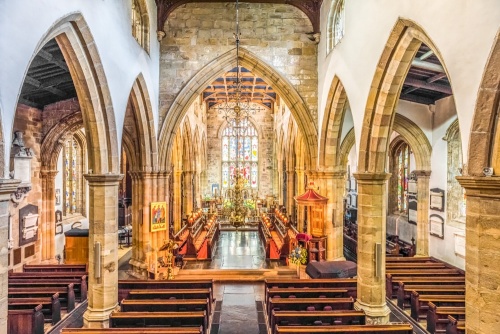
History
The church stands on a prominent rise above the River Lune, beside Lancaster Castle. The site has been used since at least Roman times, and traces of Roman fortifications can still be seen in the field north of the church. You can see the Roman remains by following the footpath which leads from the Priory down towards St. George's Quay.
There was a Saxon church on the site as early as AD 630. The most obvious reminder of the Saxon building is the doorway at the west end of the church. In the north aisle are several sculptured stones of the same period including fragments of carved crosses.
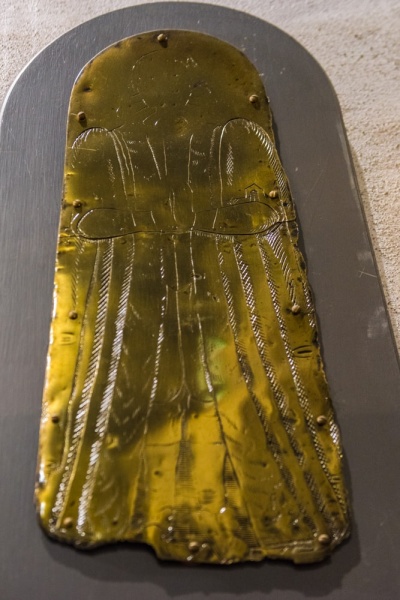
In 1094 Roger of Poitou, a relative of William the Conqueror and the builder of Lancaster Castle, founded Lancaster Priory on the site of the earlier building. The new priory was a dependency of St Martin's Abbey in Seez, Normandy. The first monastic buildings were erected to the north of the original church.
No trace of these buildings survives, but investigations have discovered the foundations of the 11th-century church under the present chancel. In 1414 the priory was moved to Syon, Middlesex, and in 1430 St Mary's became the parish church of Lancaster, though the Abbess of Syon had the right to appoint the vicar. When Syon Abbey was suppressed by Henry VIII in the Reformation the monastic buildings were robbed for building stones.
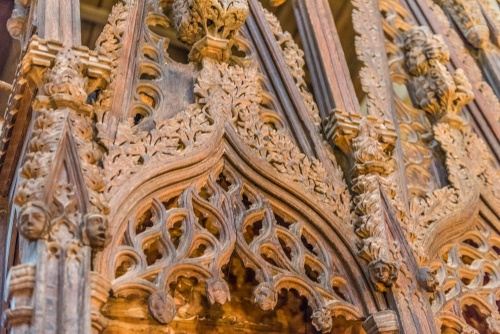
The Regimental Chapel
Most of the church we see today dates from the period when the church was linked to Syon Abbey (1414-1539), including the nave and chancel arcades and side chapels dedicated to St Nicholas and St Thomas. The striking tower was built in 1759 and the porch and Regimental Chapel in 1903. The chapel serves as a memorial to the men of the King's Own Royal Lancaster Regiment who died in the Boer War.
The Regiment, which later merged with the King's Own Royal Border Regiment, maintains close links with the Priory Hanging from the chapel roof are several 18th-century regimental banners. At the eastern end of the chapel are three Coptic crosses in 5th-century style. They were brought to England by members of the Regiment during the Abyssinian conflict of 1868.
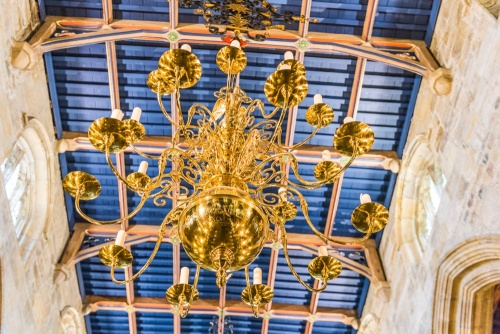
Medieval Misericords
The most interesting historical feature in the Priory is the set of beautifully carved choir stalls in the chancel, dating from around 1345. The Victorian critic John Ruskin described the fretwork detail as the finest in England. The stall elbows boast carved likenesses of human heads or foliage designs.
The choir stall seats boast 14 misericord carvings that must rank are among the finest in England. The carvings cover a range of designs including winged figures, monsters, lions, angels, priests, and both male and female figures. Some of the carvings suffered the indignity of mutilation during the Reformation, but enough remains to show the quality of the carving and the fascinating range of subjects.
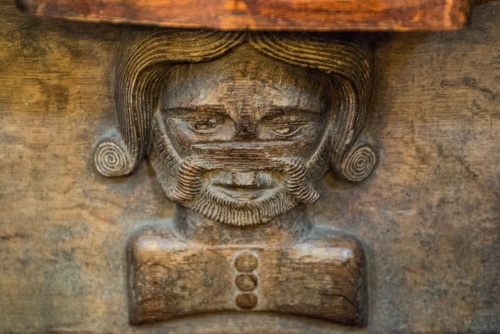
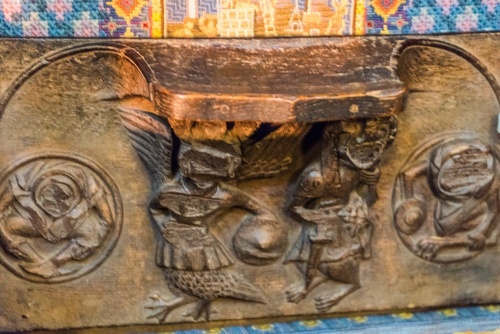
Historical Highlights
The pulpit is Jacobean, and was once a 'triple-decker', though it has been modified several times as tastes changed. It is topped by a crown carved in 1619. Hanging over the nave are three elegant brass chandeliers dated 1717. There are fragments of Anglian crosses on display, a wonderful set of tapestries, and a large collection of regimental colours that may be among the most complete in Britain.
The colourful window in the south-west corner was designed by the firm of Shrigley and Hunt, whose works are within the Priory precincts. The company produces stained glass for many of the most important church es in England.
At the west end of the nave is the bowl of a Saxon font used in the original 7th-century church on this site. Near it, on the back wall of the church, is a memorial brass to Thomas Covell (1561-1639), who served as the Mayor of Lancaster six times and as Keeper of Lancaster Castle for 48 years. Covell was the Keeper at the time of the infamous Pendle Witches trial in 1612.
Lancaster Priory is a beautiful historic building. Together with the neighbouring Castle and the Roman ruins it helps make up a remarkable set of historical buildings with a heritage covering 2000 years. The Priory is very easy to find. It stands immediately behind the castle.
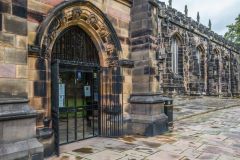
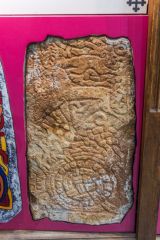
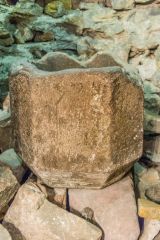
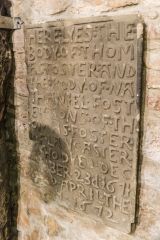
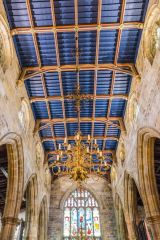
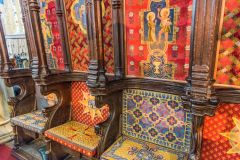
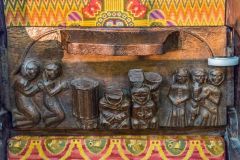
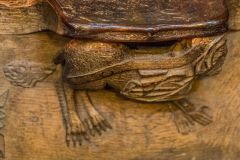
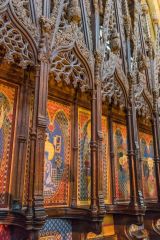
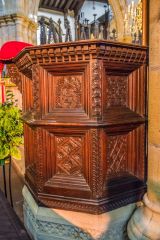
 We've 'tagged' this attraction information to help you find related historic attractions and learn more about major time periods mentioned.
We've 'tagged' this attraction information to help you find related historic attractions and learn more about major time periods mentioned.